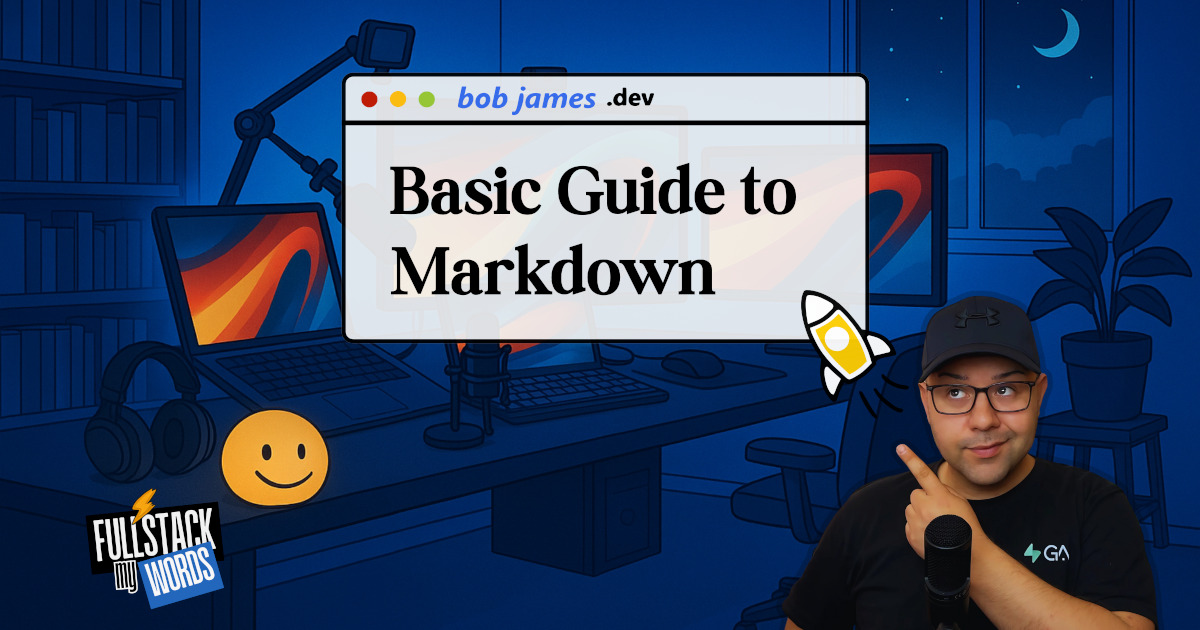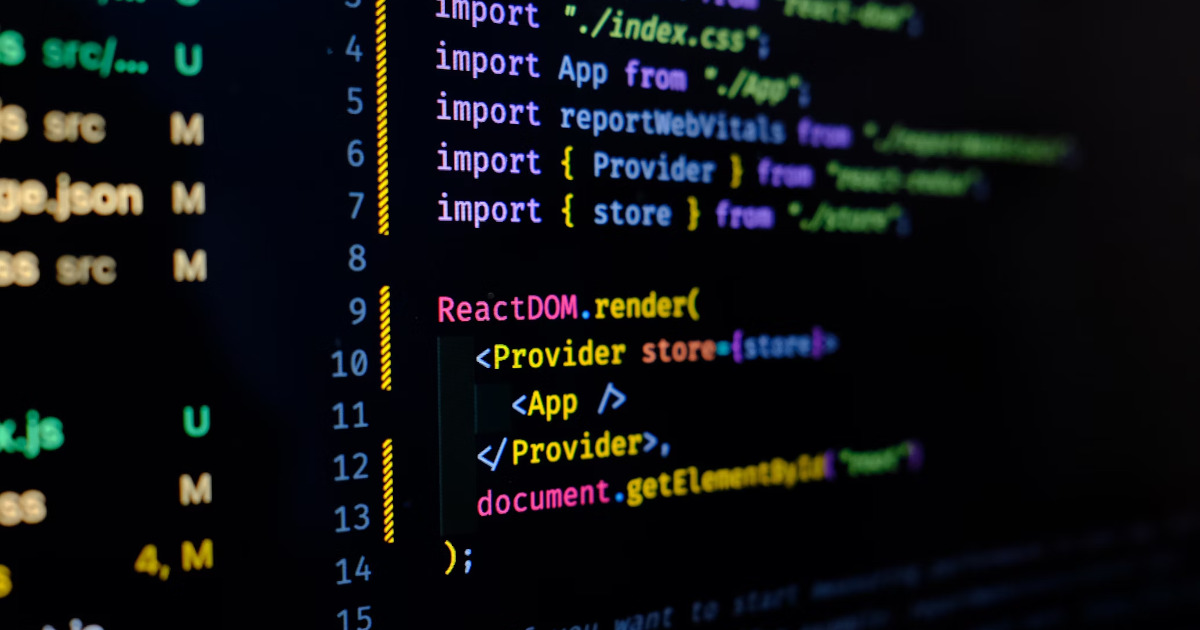The Problem with Npm Install
Why npm ci Could Save Your Production Builds (and Your Sanity)
Your build worked yesterday. Today it's broken.
Sound familiar? You're not alone. Thousands of developers face this exact scenario every day, and the culprit might surprise you: npm install itself.
While you're debugging "works on my machine" issues, your competitors are shipping reliable code with predictable builds.
Ready to never face another mysterious build failure again? 🤔
The Problem with npm install
When you run npm install, npm performs dependency resolution - it looks at your package.json and tries to figure out the "best" versions to install based on:
- Semantic version ranges (e.g., ^1.2.3, ~2.1.0)
- Current registry state
- Peer dependency requirements
- npm's internal resolution algorithms
This means npm install can produce different results at different times, even with the same package.json.
How npm ci Solves This
npm ci (Clean Install) takes a fundamentally different approach:
- Uses package-lock.json as the single source of truth
- Installs exact versions specified in the lockfile
- Skips dependency resolution entirely
- Always produces identical results
Key Differences
| Aspect | npm install | npm ci |
|---|---|---|
| Source of Truth | package.json + dependency resolution | package-lock.json (exact versions) |
| Dependency Resolution | ✅ Performs resolution | ❌ Skips resolution |
| Lockfile Changes | May update package-lock.json | Never modifies lockfile |
| Speed | Slower (resolution overhead) | Faster (no resolution) |
| Reproducibility | ❌ Can vary between runs | ✅ Identical every time |
| node_modules | Preserves existing files | Deletes first (clean slate) |
| Failure Behavior | Tries to resolve conflicts | Fails fast if lockfile conflicts |
Why This Matters for Production
1. Reproducible Builds
Developer's machine (works)
npm install # Gets working versions
CI/CD pipeline (may fail)
npm install # Gets different versions due to registry updates
With npm ci:
Developer's machine
npm install && git add package-lock.json && git commit
CI/CD pipeline
npm ci # Gets EXACT same versions as developer
2. Eliminates "Works on My Machine"
- Different npm versions resolve dependencies differently
- Registry updates can introduce breaking changes
- Time-based dependency resolution can vary
- npm ci bypasses all these variables
3. Security Benefits
- Prevents supply chain attacks via dependency confusion
- No risk of accidentally pulling malicious package updates
- Audit trails are preserved (lockfile = provable state)
- Consistent security scanning results
4. Performance & Reliability
- Faster installs - no dependency resolution computation
- Predictable timing - same install duration every time
- Fail-fast behavior - immediate error if lockfile is inconsistent
- Clean environment - removes existing node_modules first
When to Use Each Command
Development Workflow:
Adding/removing packages
npm install package-name npm uninstall package-name
Installing after git clone
npm install # Creates/updates lockfile if needed
Production/CI/CD:
Always use npm ci
npm ci
Troubleshooting:
When dependencies are corrupted
rm -rf node_modules package-lock.json
git checkout HEAD -- package-lock.json # Restore known-good lockfile
npm ci # Reproduce exact working stateReal-World Impact
Before npm ci (common issues):
- "Build worked yesterday, fails today"
- Different behavior between local and CI
- Hard-to-debug version conflicts
- Inconsistent performance across environments
After npm ci (benefits):
- Predictable builds - same result every time
- Faster CI/CD - no resolution overhead
- Easier debugging - identical dependencies everywhere
- Better security posture - no unexpected package updates
Best Practices
- Always commit package-lock.json to version control
- Use npm install for development (adding/removing packages)
- Use npm ci for production/CI/CD (exact reproduction)
- Never edit package-lock.json manually
- Regenerate lockfile when needed: rm package-lock.json npm install git add package-lock.json
The Bottom Line
npm ci ensures that your production builds use the exact same dependency tree that worked in development. It eliminates variables, surprises, and "works on my machine" issues by treating your lockfile as the definitive source of truth.
For reproducible, reliable production deployments: always use npm ci.
How to Protect Yourself from Dependency Issues
1. Use Proper npm Commands for Each Environment
Development (Local Machine):
When adding/removing packages
npm install package-name npm uninstall package-name
After git clone/pull
npm install # Only if no lockfile exists or you need to update
Production/CI/CD/Building:
ALWAYS use npm ci for builds
npm ci
Add to Your Build Scripts:
// package.json
{
"scripts": {
"build": "npm ci && npm run build:renderer && npm run build:electron",
"build:production": "npm ci && cross-env NODE_ENV=production npm run build",
"package": "npm ci && npm run build:production && electron-builder"
}
}2. Commit and Protect Your Lockfiles
Always Commit Lockfiles:
Make sure these are NOT in .gitignore
git add package-lock.json git add electron/package-lock.json git add renderer/package-lock.json git commit -m "Update lockfiles"
Update .gitignore Properly:
DO NOT ignore lockfiles
package-lock.json ❌ WRONG
yarn.lock ❌ WRONG
DO ignore node_modules
node_modules/ .npm-cache/
3. Use Exact Dependency Management
Pin Critical Dependencies:
// package.json - Use exact versions for critical packages
{
"dependencies": {
"electron": "37.2.3", // Exact version (no ^)
"obs-websocket-js": "5.0.6", // Exact version
"irc": "^0.5.2" // Can use ^ for stable packages
}
}Use .npmrc for Consistency:
.npmrc
Prefer exact versions
save-exact=true
Use specific registry
registry=https://registry.npmjs.org/
Reduce log noise
loglevel=warn
4. Implement Dependency Validation
Add Lockfile Validation to CI:
.github/workflows/build.yml (GitHub Actions example)
name: Build
on: [push, pull_request]
jobs:
build:
runs-on: windows-latest
steps:
- uses: actions/checkout@v3
# Validate lockfile hasn't changed unexpectedly
- name: Validate lockfile
run: |
npm ci
npm ci --prefix electron
npm ci --prefix renderer
- name: Build application
run: npm run build:productionPre-commit Hooks:
// package.json
{
"husky": {
"hooks": {
"pre-commit": "npm ci && npm run lint && npm run build"
}
}
}5. Document Your Build Process
Create CLAUDE.md or BUILD.md:
Build Instructions
Development
npm install
cd electron && npm install
cd ../renderer && npm installProduction Build
npm ci
npm run build:productionIf Dependencies Break
# Restore working state
rm -rf node_modules package-lock.json
rm -rf electron/node_modules electron/package-lock.json
git checkout HEAD -- package-lock.json electron/package-lock.json
npm ci
cd electron && npm ciCritical Commands
- ✅ npm ci for builds
- ❌ npm install for builds
6. Backup and Recovery Strategy
Tag Working States:
# When build is working, create a git tag
git tag -a "working-build-v1.0" -m "Known working dependency state"
git push origin working-build-v1.0
# Later, if dependencies break:
git checkout working-build-v1.0 -- package-lock.json electron/package-lock.json
npm ci && cd electron && npm ciBackup Lockfiles:
# Before major dependency changes
cp package-lock.json package-lock.json.backup
cp electron/package-lock.json electron/package-lock.json.backup
# If something breaks
cp package-lock.json.backup package-lock.json
cp electron/package-lock.json.backup electron/package-lock.json
npm ci && cd electron && npm ci7. Monitor for Breaking Changes
Use Dependency Scanning:
# Regular security audits
npm audit
npm audit --prefix electron
npm audit --prefix renderer
# Check for outdated packages
npm outdatedControlled Updates:
# Update one package at a time and test
npm update package-name
npm ci && npm run build # Test immediately
# If it works:
git add package-lock.json && git commit -m "Update package-name"
# If it breaks:
git checkout HEAD -- package-lock.json
npm ci8. Environment Consistency
Use Node Version Manager:
# .nvmrc file
echo "18.17.0" > .nvmrc
# Use consistent Node version
nvm useDocker for Ultimate Consistency:
Dockerfile
FROM node:18.17.0-alpine WORKDIR /app COPY package*.json ./ RUN npm ci --only=production COPY . . RUN npm run build:production
9. Emergency Recovery Commands
Keep these handy for when things break:
# Nuclear option - complete reset
rm -rf node_modules package-lock.json
rm -rf electron/node_modules electron/package-lock.json
rm -rf renderer/node_modules renderer/package-lock.json
# Restore from git
git checkout HEAD -- package-lock.json electron/package-lock.json renderer/package-lock.json
# Clean install
npm ci
cd electron && npm ci
cd ../renderer && npm ci
# Test build
cd .. && npm run build10. The Golden Rule
Never run npm install in production/CI environments.
Always use:
npm cifor buildsnpm installonly for local development when adding/removing packages- Commit your lockfiles
- Test builds after any dependency changes
This approach ensures you'll never face the same issue again because you're always using the exact dependency tree that you know works.
Ready to Fix Your Build Process?
The difference between npm install and npm ci isn't just technical - it's the difference between unpredictable deployments and reliable production builds.
Your competitors aren't dealing with "works on my machine" issues because they've already made the switch to npm ci for production.
What's stopping you from implementing reproducible builds today?
Start with one simple change: replace npm install with npm ci in your build scripts. Your future self (and your team) will thank you when deployments just work.
Welcome to the world of predictable builds 🚀
Recommended Articles

Bob's Basic Guide to Markdown
Markdown is a lightweight markup language used to format text. I'm using right now to write this basic examples of Markdown article. Let's get started with the basic examples of Markdown to showcase some of Markdown's features.

React Hooks: A Complete Guide to Modern State Management
Learn everything you need to know about React Hooks, from the basics of useState and useEffect to creating powerful custom hooks. This comprehensive guide includes real-world examples and best practices for modern React development.